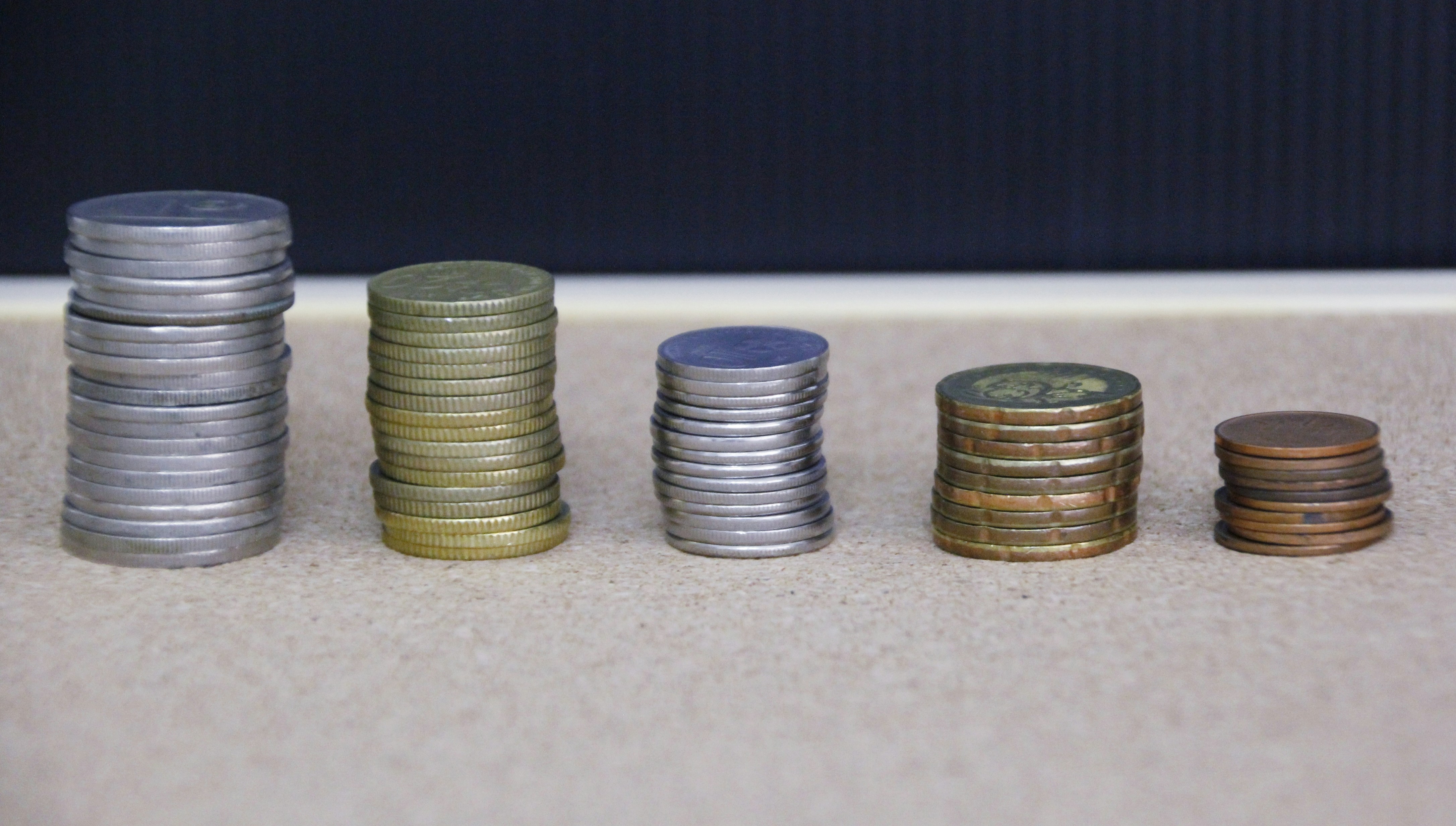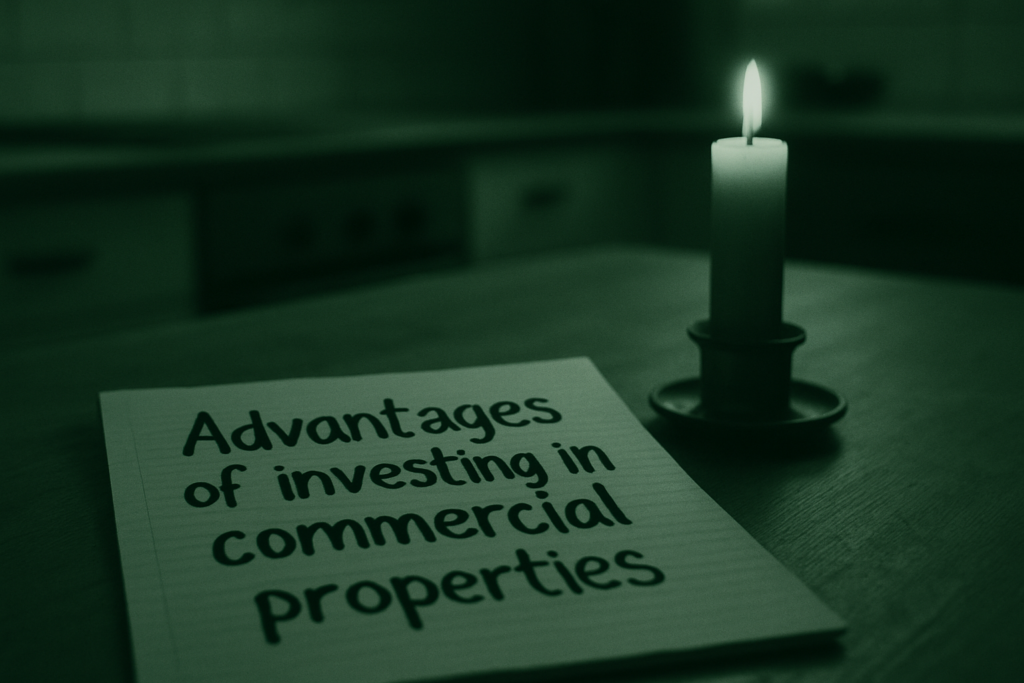Predictable Income from Long Term Leases
One of the most compelling reasons investors turn to commercial real estate (CRE) is the promise of consistent, reliable income. Unlike residential properties prone to regular turnover and short term leases, commercial properties typically offer longer lease durations often spanning 3 to 10 years or more.
Key Income Benefits of CRE Leases
Stable Cash Flow: Multi year tenant contracts create a dependable revenue stream, making it easier to project income and manage financial planning.
Lower Tenant Turnover: Commercial tenants tend to stay longer due to the investments they make in outfitting their spaces and building customer familiarity with their address. This reduces vacancy risk and the associated costs of finding new occupants.
Built in Rental Escalations: Many CRE leases include structured, inflation protected rent increases. These escalations help ensure that your rental income keeps pace with rising costs and preserves purchasing power over time.
Why This Matters for Investors
Consistent income and reduced volatility make commercial real estate a powerful addition to any investment strategy. Especially in uncertain economic environments, the predictable nature of CRE leases offers both peace of mind and long term financial upside.
Portfolio Diversification
Commercial real estate gives your investment portfolio something it likely lacks tangibility. While stocks live on screens and react to headlines, a building has weight. It’s real. More importantly, it often moves counter to how traditional assets behave. When markets dip or tech stocks nosedive, certain types of CRE may hold steady or even gain value. That kind of non correlation isn’t just nice it’s strategic.
Pairing real estate with your equities and bonds spreads out your risk. You’re not putting all your confidence in a single sector or a volatile stock market. Commercial properties also behave differently depending on where the economy is headed. A downturn might hurt retail, but leave demand for warehouse or medical space untouched or even boosted.
Bottom line: adding CRE to the mix isn’t just about return. It’s about balance. Diversification isn’t a buzzword here it’s insulation.
Appreciation and Equity Growth
Commercial real estate isn’t just a place to park capital it’s a way to actively build it. Properties often appreciate over time thanks to growing demand, neighborhood development, or larger market trends. But owners don’t have to wait on the market. Strategic upgrades like improving lighting, redesigning layouts, or upgrading HVAC can quickly boost property value, a tactic known as forced appreciation.
There’s also leverage. By using loans to finance part of a purchase, investors can scale their gains more quickly. As the property appreciates and the loan is paid down, equity builds at a faster pace than in an all cash investment. The key is smart debt and a long term view.
For a deeper look at how commercial real estate builds wealth, check out this guide.
Tax Advantages That Scale

Commercial real estate offers tax benefits that aren’t just clever they’re substantial. Depreciation is one of the biggest plays in the tax game. Even if your property is rising in value, the IRS still lets you deduct a portion of its cost every year. That means you’re earning cash flow while reducing your taxable income. It’s legal magic.
Then there’s the 1031 exchange. Sell a property, defer the capital gains tax, and roll that money into another investment. Done right, you can keep building your portfolio without losing chunks to taxes every time you upgrade.
Don’t forget the everyday deductions. Operating expenses, interest on loans, property taxes, and even renovation costs can all be written off. Commercial real estate isn’t just about what you earn it’s also about what you get to keep.
Tangible Control and Value Creation
Unlike stocks or REITs, owning commercial real estate puts you in the driver’s seat. You’re not waiting on a board of directors or market sentiment. You call the shots whether that’s bringing in higher paying tenants, reconfiguring floor plans to boost utility, or upgrading a property to appeal to more stable industries. Strategic leasing and smart renovations can raise a building’s value fast, turning small decisions into major returns.
This level of control is one of CRE’s biggest draws. Publicly traded REITs might provide passive exposure, but they don’t give you a say. With direct ownership, you’re active not reactive. That means opportunity, but also responsibility. For hands on investors who know their market and want to push performance, CRE offers a rare chance to shape value, not just watch it.
Real estate isn’t just about holding an asset it’s about what you can do with it. CRE gives entrepreneurial investors a platform where effort and insight matter.
Hedge Against Inflation
When inflation hits, commercial real estate doesn’t sit still it adjusts. Most CRE leases include rent escalations that track with inflation. That means while the value of money slides, your rental income tends to rise right alongside prices, helping you keep your purchasing power intact.
Beyond rent hikes, there’s the hard asset factor. Buildings, land, and infrastructure don’t vanish in a downturn. They outlast headlines, economic noise, and market panic. This kind of durability matters when everything else feels uncertain.
Commercial real estate helps you play offense in a high cost environment. While others scramble to catch up, CRE investors are already sitting on assets that earn more and hold value better.
Tap into CRE’s full potential to build long term wealth
Stability in Volatile Markets
Commercial real estate has a reputation for keeping steady when the rest of the financial world swings wildly. Unlike stocks, which can tank on headlines or market sentiment, CRE tends to move slower and more predictably. That’s because at its core, it’s about space. Offices, warehouses, clinics these aren’t trends; they’re infrastructure. Businesses still need places to operate, people still need places to go.
Even during economic uncertainty, industrial and medical properties hold their ground. A storage facility doesn’t stop renting units just because interest rates go up. A dialysis center won’t shut down because a tech stock took a hit. These types of strategic assets have built in resilience most paper assets can’t match.
For investors, that means a layer of stability in an otherwise unpredictable environment. It’s not flashy, but it’s a long game and one that rewards patience, not panic.

 Maecherie Buchanan brought her creativity and knowledge to Mode Key Homes, enriching the platform with inspiring home renovation ideas and energy-efficient solutions. Her work ensures that homeowners have access to innovative ways to enhance and transform their living spaces.
Maecherie Buchanan brought her creativity and knowledge to Mode Key Homes, enriching the platform with inspiring home renovation ideas and energy-efficient solutions. Her work ensures that homeowners have access to innovative ways to enhance and transform their living spaces.